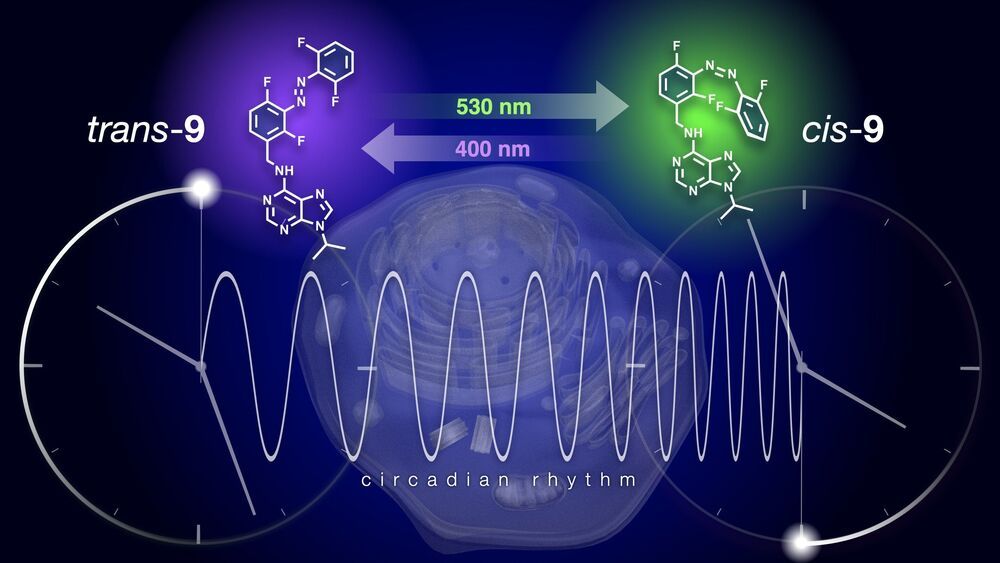“It’s a wake-up call that one-year-old children are already carrying gut bacteria that are resistant to very important types of antibiotics. New resistant bacteria are becoming more widespread due to increased antibiotic consumption. The horror scenario is that we will one day lack the antibiotics needed to treat life-threatening bacterial infections such as pneumonia or foodborne illnesses,” explains Department of Biology professor Søren Sørensen, who led the study.
Danish one-year-olds carry several hundred antibiotic resistant genes in their bacterial gut flora according to a new study from the University of Copenhagen. The presence of these genes is partly attributable to antibiotic use among mothers during pregnancy.
An estimated 700000 people die every year from antibiotic resistant bacterial infections and diseases. The WHO expects this figure to multiply greatly in coming decades. To study how antibiotic resistance occurs in humans’ natural bacterial flora, researchers from the University of Copenhagen’s Department of Biology analyzed stool samples from 662 Danish one-year-old children.








